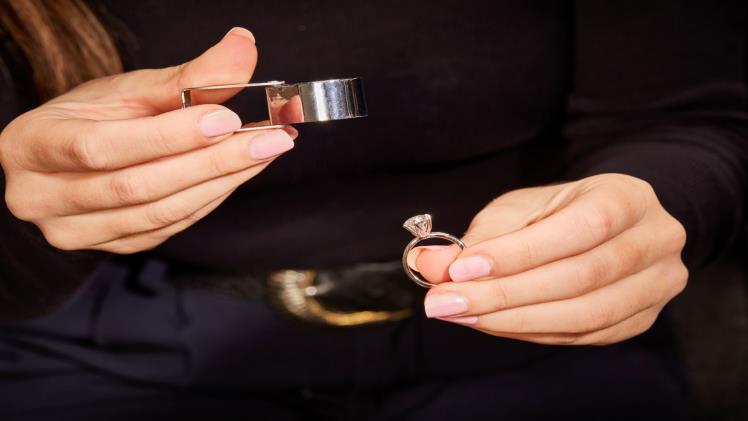There are two main processes used to grow diamonds: High Pressure and Temperature (HPHT) and Chemical Vapor Deposition (CVD).
In both cases, a tiny “seed” diamond is grown from atom-by-atom. Using HPHT, the seed is heated to a high temperature in a chamber, while CVD uses carbon-rich gas to start multiple chemical processes.
1. Identical to Natural Diamonds
Whether you’re looking for something that’s more eco-friendly or you simply want to make a statement with a piece of jewelry, lab grown diamonds nz are an excellent choice. They’re chemically, physically and optically identical to natural diamonds, but much cheaper.
A lab-grown diamond is a man-made gem that’s created in a laboratory using a process that replicates the intense pressure and heat that diamonds are formed under on the Earth. This is called Chemical Vapor Deposition, or CVD.
Another technique used to produce diamonds is High Pressure/High Temperature (HPHT). This process mimics the natural way in which diamonds are formed, by introducing carbon-containing gases into a chamber and heating them to extreme temperatures.
As with natural diamonds, Lab grown diamonds are graded by the same grading agencies. They’re also certified to the same standards.
2. They Are Eco-Friendly
The lab-grown diamond industry aims to reduce the environmental damage caused by mined natural diamonds, but it’s important to consider the entire lifecycle of the product. This includes its energy consumption, water usage, waste production, and greenhouse gas emissions.
Fortunately, lab-grown diamonds do not use electricity or hydrocarbons to create them, which results in low carbon dioxide emissions. This is a huge step forward in reducing the environmental impact of the diamond industry.
However, the mining process still produces a significant amount of carbon emissions. A recent report commissioned by the Diamond Producers Association estimates that the greenhouse gas emissions produced from mining natural diamonds are three times lower than those created when growing them in a lab.
For those looking to reduce their carbon footprint, but still want to have a beautiful ring, it’s worth considering buying a lab-grown diamond. They’re affordable, environmentally friendly, and available in a variety of shapes. You can find a wide selection of lab-grown diamonds at a number of jewelers online and in store.
3. They Are Affordable
While some people may be hesitant to purchase lab grown diamonds because they feel like they are not real, lab diamonds are actually 40 to 50 percent less expensive than mined diamonds. This is due to the decrease in production costs, says Money Expert Clark Howard.
Whether you’re shopping for loose stones to be used in your own jewelry designs or wanting to build your dream engagement ring, there are many online stores that carry both natural and lab grown diamonds.
Grown Brilliance offers a wide selection of lab-grown diamonds, including loose diamonds and ready-to-ship rings in different metal types (rose gold, white gold and platinum). The brand also plants a tree for every product purchased, giving you an eco-conscious approach to shopping.
Lab grown diamonds are becoming increasingly popular for a number of reasons. Among them are their resale value, affordability and durability. They are also sustainable and eco-friendly with significantly lower carbon emissions than mined diamonds.
4. They Are Available in Various Shapes
Lab grown diamonds come in a variety of shapes and sizes, making them a great choice for a wedding or engagement ring. The shape of a diamond can impact its appearance, so it is important to choose one that will enhance the wearer’s personality and style.
For instance, oval-shaped diamonds have a longer surface area and can help visually elongate shorter fingers. They also feature a stepped facets that create a ‘hall-of-mirrors’ effect.
This is why the oval-cut is a popular choice for engagement rings and wedding bands. It also offers a classic look that is suitable for any occasion and can be paired with other shapes, such as round, princess, and emerald-cut diamonds.
In conclusion
Lab-grown diamonds are available in a range of colors, including colorless, white and fancy. They are also a more affordable option than natural diamonds, but it is important to know that they do have inclusions and will not always be perfectly clear.

